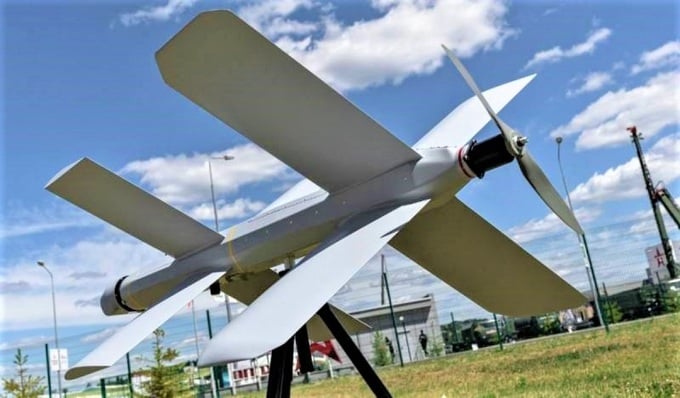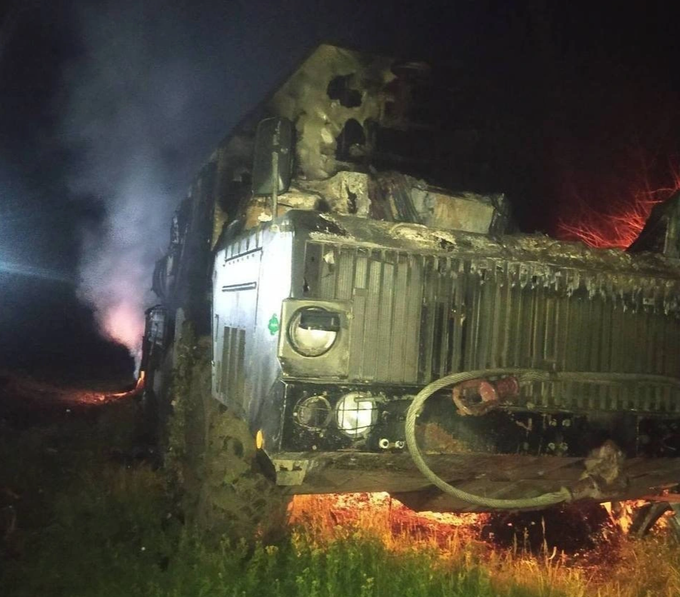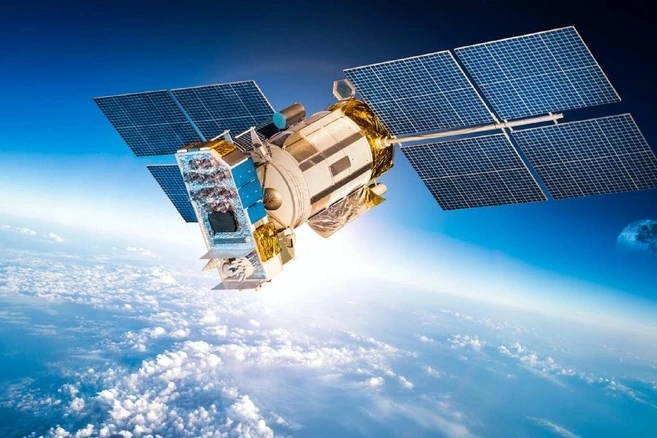
Lancet is considered one of Russia's most powerful UAVs thanks to its ability to accurately attack targets (Photo: Top War).
RIA Novosti quoted a source from the Russian military as saying that in the special military campaign in Ukraine, Moscow used swarm UAV attack tactics with Lancet.
To destroy parts of Ukraine's long-range air defense missile systems, such as the S-300PS and S-300V, the Russian military uses "swarm" attack tactics, when it can mobilize more than 10 Lancet UAVs to fly around and attack, the source said.
According to experts, using UAVs to attack in "swarms" is considered one of the future tactics. In many cases, UAVs are only small in size, but are equipped with many modern devices such as reconnaissance systems, electronic warfare or even carry explosives to turn into "suicide" UAVs.
A large group of UAVs flying at a target can disrupt air defenses and cause significant damage while their cost is not high. UAV "swarms" are considered one of the special challenges of modern warfare.

A Ukrainian S-300 complex after being destroyed by a Russian UAV (Photo: Twitter).
Russia’s use of swarms of Lancet UAVs has further increased the power of this weapon. Previously, Moscow had highly appreciated the combat capabilities of the Lancet UAV line. In early April, the Russian military said that the Lancet-3 had destroyed 45% of the towed and self-propelled artillery that NATO had provided to Ukraine.
Neither NATO nor Ukraine has commented on the statistics provided by Russia. However, images and videos from the field show the Lancet-3's ability to strike high-value enemy targets with high precision and efficiency. The list of weapons that have been attacked by this UAV includes the US M777 howitzer, the Polish 155mm Krab gun and the US M109 Paladin self-propelled gun (SPG).
Lancet operates by carrying explosives and hovering in the air, continuously searching for targets. When the target is confirmed, the UAV will attack by suicide like an air-to-ground missile. This UAV is named "Lancet", meaning "scalpel", because of its ability to attack targets with high precision like "in a surgery".
ZALA Aero contractor's Lancet UAV is equipped with a number of coordinate-based, optoelectronic target location systems. The UAV has a special communication channel to transmit images of targets and confirm their successful destruction.
The Lancet has an impressive speed of about 110km/h, the ability to carry a warhead weighing up to 3kg along with an integrated satellite guidance system. The Lancet can attack targets within a range of 40km and has a maximum take-off weight of 12kg (including explosives).
According to the manufacturer, the Lancet has many advantages over other weapons. First, it operates on a "loitering" mechanism, meaning it is always deployed in the air and ready to attack targets at any time, including mobile targets. Second, it is quite small and light, so it is almost "invisible" to traditional air defense radars. Third, its price is quite cheap compared to high-precision attack ammunition.
On the other hand, the Lancet-3 is now equipped with technology that makes it immune to laser interception weapons, making it less vulnerable on the battlefield.
Source






































Comment (0)